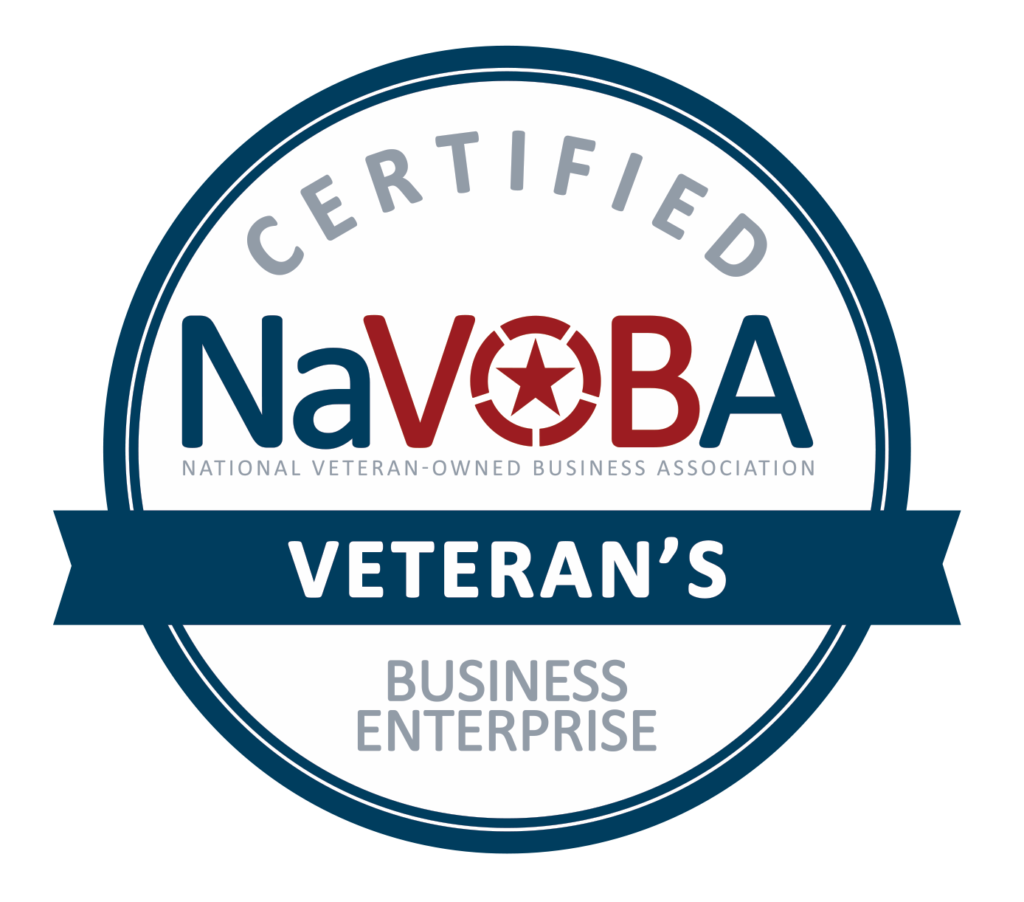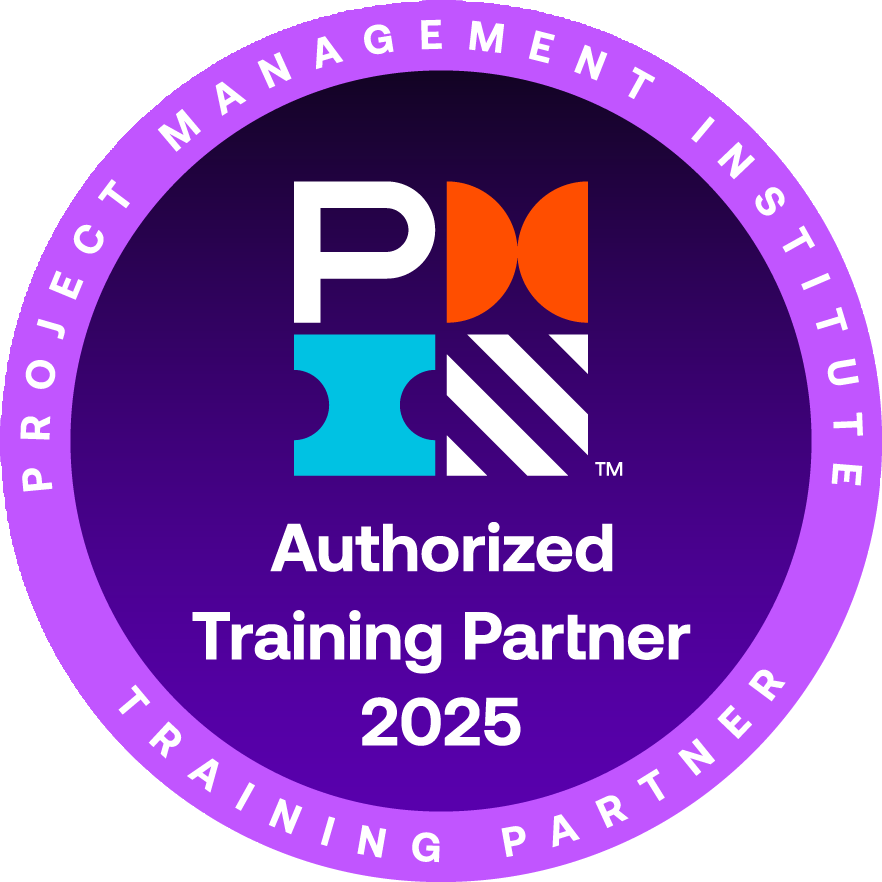
In the business world, change is constant. As technology advances and new methods of doing things come about, companies must be able to adapt quickly in order to stay competitive. That’s where agile methodology comes in. Agile methodology is a way of doing things that allows for quick adaptation and response to change. It has become increasingly popular in recent years, as businesses have begun to see the benefits of agile leadership. In this article, we will discuss what agile methodology is, the principles of agile leadership, and why agile leadership works so well in today’s competitive corporate landscape.
What Is Agile Leadership?
The dictionary has several definitions of the word “agile,” ranging from “quick and well-coordinated in movement” to “mentally acute or aware.” So what does this word mean in the context of leadership?
Agile methodology relies on adaptability and creative problem-solving in the face of challenges. It also relies on analyzing relevant information, and taking decisive action based on that information. In an extremely competitive workforce, the only true constant is change. How quickly, decisively, and effectively you react to that change can determine your suitability as a leader.
What Are Agile Leadership Principles?
So, if a leader’s agility relies on their adaptability to change, what other characteristics make an agile leader? In order to be effective, an agile leader must stick to the following principles:
1. Think both long-term and short-term strategy. Making moves towards short-term successes can help you meet your bottom line, but they won’t help long-term with company expansion. In order to be most effective, an agile leader will make decisions balancing both types of strategies…bringing in sales to get the company through the leaner times while keeping the big picture—growth—in mind.
2. Analyze your successes, and your failures. We can’t control life, but we can control how we react to it—and that’s what being an agile leader is all about. What decisions will you make in light of new information? How you interpret news or experiences is a crucial part of how you take your next steps—and sometimes, this requires taking a step back and practicing analytical thinking.
3. Act decisively. This one is huge. No one likes a waffling leader. If you are to inspire people to follow you, you must take those important steps forward with courage and conviction. Even if you fail, you must get back up again and learn from your mistakes. Decisive action begets more decisive action.
4. Invite dialogue and curiosity when planning next steps. A good leader will be able to inspire their team by making all feel safe enough to raise their voice when they have an idea to share or something to say. Approaching meetings with genuine curiosity rather than a fixed agenda is one way to mitigate one person dominating the room or monopolizing the floor. Consider inviting your quieter team members to chime in as well. Sometimes all your crew might need is a little push.
5. Remain open. To be agile, a leader must be incredibly responsive. This means they must remain open to receiving new information, implementing new strategies, and even being open to failure. Agile leaders must keep their finger on the pulse of their business at all times, and this requires being receptive to incoming data, information, or experiences—and also to the morale of their team.
6. Connect with other industry leaders. If there’s someone out there whose work inspires you, reach out and see what you can learn from them. The more you network with your community, the more resilient you will be in tough times—and the likelier you will be to attract talent to your organization.
7. Lead by example. Commit yourself to excellence at work and show your suitability to lead with your daily actions, not just words at a meeting. If you inspire your crew to align with a strong sense of ethics and core values, you will be more likely to retain your employees and foster a sense of company loyalty.
8. Keep it moving. Maintaining a constant state of input analysis, dialogue, and decisive action is a key component of being an agile leader. Part of this includes setting goals and deadlines for your team to help measure your successes—but understand when it’s time to slow down and re-strategize.

Why Agile Leadership Works
You don’t have to be in the business sector to understand that the one constant in this life is change: constant, unavoidable, uncontrollable, often plan-ruining change. The core belief system behind agile methodology is founded on a leader’s ability to react to changes in the workplace with a clear head and decisive action, even in the face of adversity. Generally speaking, an agile leader is a situationally-aware leader, that may be considering many different levels of company progress at once—spanning everything from crew cohesion and morale to payroll to looming deadlines to customer service.
Why Diversity in the Workplace is Important
That being said, an agile leader simply can’t be expected to do it all. In fact, the delegation of responsibility is a key component of effective leadership, and has the double benefit of increasing your employees’ autonomy, skillset, and morale. So, what does agile leadership have to do with diversity?
As we’ve discussed above, a crucial part of agile methodology is that leaders must be tuned in to changes as they occur, and act decisively after processing new information. However, in a healthy work environment, the responsibility is shared between each and every employee to pitch in and pull their weight when it comes to coming up with a company strategy; some ideas fail and others succeed, but it takes all the people present in the room to move the company forward.
Agile leadership is about quickly processing information and acting on that input—but a truly effective agile leader who is able to inspire her team will leave no member behind, and will consider every perspective and possibility brought to the table. The wider the array of perspectives you have in the workplace, the more resilient you will become in the face of adversity—a good sign for company longevity. So what does this mean for an agile leader? That while speed and decisiveness are integral to agile methodology, there’s value in different virtues your other team members can offer as well.
What Will Leadership Look Like in the Future?
Of course, it’s hard to say what the future will bring; business can be so easily influenced by everything from politicians to natural disasters to the news. However, the constant nature of change can almost be comforting, in a strange way—in that we can rely on it. We can’t predict the future, but we can predict that it will be full of changes! Practicing how we respond to those changes can make the difference between an effective leader and a reactive one.
MPLG: Putting Agile Methodology Into Practice
While not every person is naturally inclined towards so-called “agility,” practicing how light we are on our feet as leaders can make space for creative dialogue, innovative strategies, and resiliency in the face of challenges. And an important part of being an agile leader is remembering every last member of your crew; speed can solve a lot of problems, but it isn’t everything. So: will you be a proactive or a reactive leader? The choice is up to you.
Do you think you have what it takes to put agile methodology into practice and take your game to the next level? Contact PMLG today for current courses and workshops!


